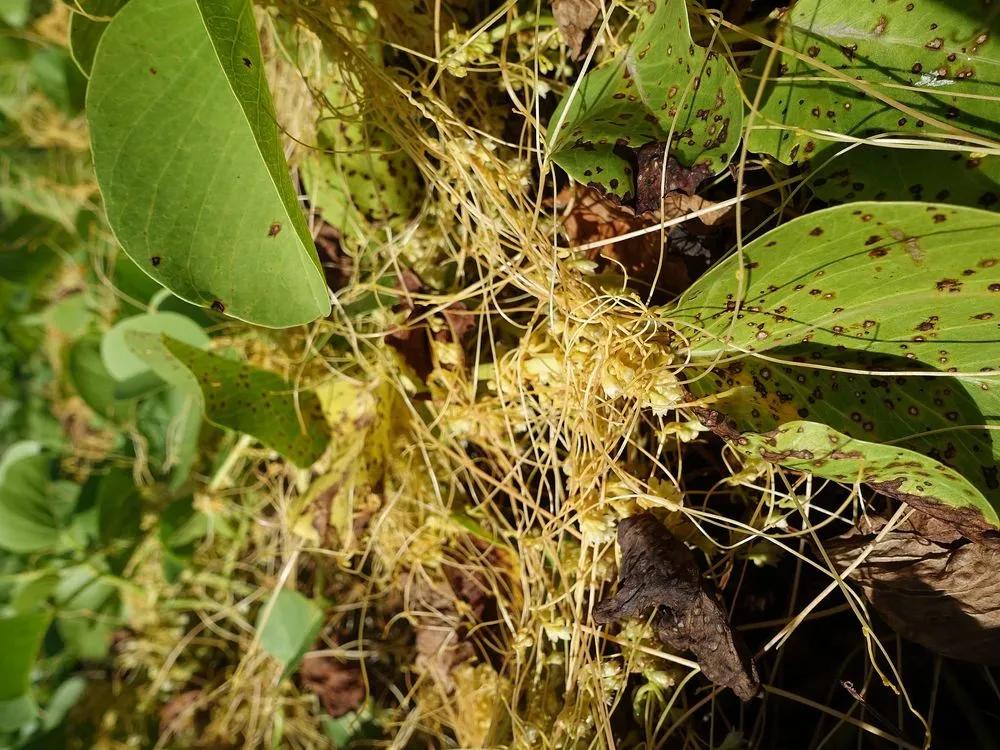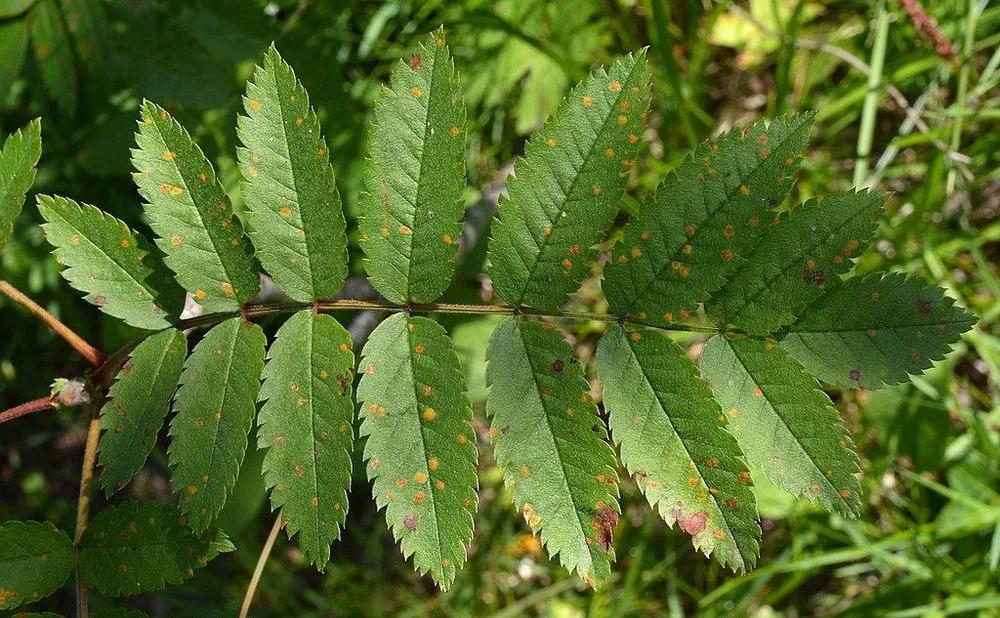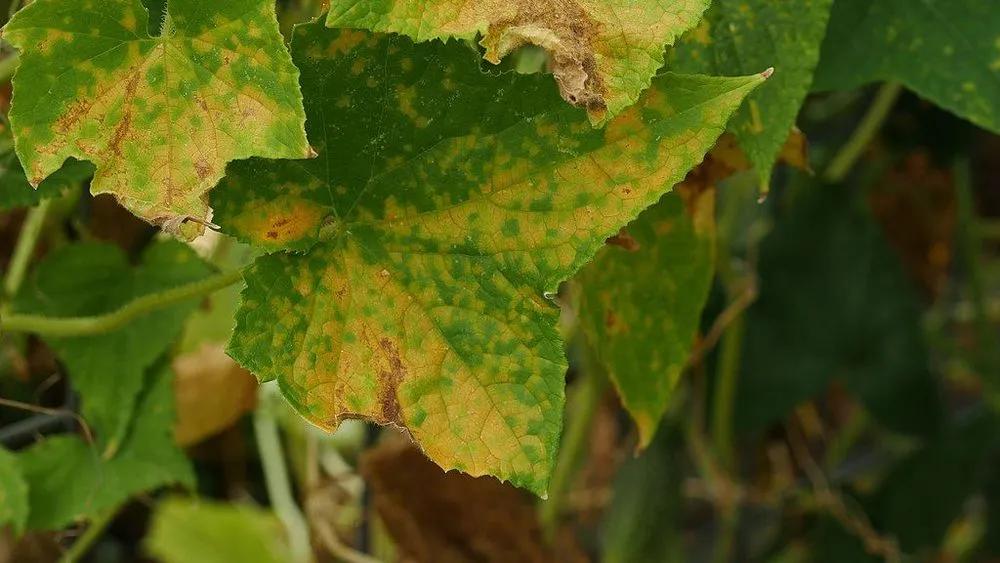Fungal diseases are responsible for a large range of plant diseases and constitute the largest number of pathogens that affect plants. Hard to control, the fungus can spread easily by wind and water and the movement of contaminated materials in the environment. They can cause great devastation and the destruction of entire crops.
Fungal Diseases in Plants



Signs of damage
Every fungus presents a different set of symptomologies, but some common and broad signs are:
- Stress. They damage plants by killing cells and inducing stress.
- Leaf rust. A trail of rust-like powder will spread across the leaf, causing its wilting and death. Usually, attack plants in wet and humid conditions.
- Stem rust. Usually affects grain plants like wheat and barley.
- White mold. Yellowing of leaves that develops into dried leaves and ultimately death.
- Powdery mildew. It resembles a light, white, or grey powdery substance that deposits in spots across leaves.
- Yellowing leaves and brown spots.
How to prevent
All the fungus have different behaviors, but some common practices start with choosing healthy and viable specimens and seeds so your plants have a bigger chance of resisting possible infections. Weed control is also advised to make sure your garden is clean and safe from any pathogens. Be aware and on top of soil and air conditions. Poor conditions are the gateway for fungi to spread.
Keep an eye out for open wounds, and handle your plants with care.
Heal
Each fungi-caused disease has a different set of healing processes that should always be properly identified to ensure plant recovery. Still, most can be eased if not fully treated with fungicides. Most fungicides have the same chemical substance as a base, strobilurin compounds, which are extremely effective.
Some homemade solutions include mixing a teaspoon of baking soda with a few drops of liquid soap into a quart of water and spraying the leaves. Remember that overdoing this can cause other types of damage to your plants.
Go Premium to continue reading
Also you’ll get unlimited access to disease identification and all the other beneficial features
More problems
